The Chessboard of Personal and Professional Success
Imagine you’re in a high-stakes game of chess, but instead of sleek pieces on a board, you’re playing with the future of your personal and professional success. In this strategic game, every move can propel you forward or keep you stagnant. Achieving true personal and professional growth requires not just action but also insight into how each decision aligns with long-term goals.
Establishing links between personal and professional achievements helps you recognize how personal growth can directly influence career success. Like chess, achieving success requires more than reacting to the present—it requires foresight, strategy, and the wisdom to make decisions that align with a long-term vision.
In this guide, I’ll introduce five key moves that can transform your approach to success, equipping you with actionable strategies grounded in neuroscience and psychology. Let’s begin with the first move: self-reflection.
Move 1: Self-Reflection – The Foundation of Growth
Choosing the right path to achieve personal and professional success starts with self-reflection. Neuroscience shows that self-reflection activates the medial prefrontal cortex, an area of the brain associated with self-awareness. Practicing self-reflection helps you understand your core motivations, strengths, and weaknesses. Striking a strategic balance allows you to achieve massive personal and professional success, clear across the board! This introspection is essential for personal and professional growth, guiding you toward choices that resonate with your authentic values.
In today’s entrepreneurial culture, success is often equated with outward achievements. However, the most successful people align their goals with their authentic strengths and values. This reflection may reveal whether the entrepreneurial path—or an alternative like intrapreneurship—better suits your strengths. Intrapreneurs innovate within organizations, contributing significantly without the high risks of entrepreneurship.
Practicing self-reflection helps you understand your core motivations, strengths, and weaknesses. Balancing personal growth and career development enables you to pursue professional goals with a well-rounded, fulfilling approach.

Move 2: Decision-Making – Building a Framework for Success
Once you’ve chosen a path that aligns with your strengths, the next step is mastering decision-making. Neuroscience shows that structured decision-making engages the prefrontal cortex, the brain’s center for planning and analyzing outcomes, crucial for personal and professional success.
An effective decision-making framework consists of two elements:
1. Identifying the Root Cause: To address a challenge effectively, it’s essential to get to the core of the issue. This often involves asking “Why?” multiple times to uncover the root. For example, if your career growth feels stagnant, repeated questioning may reveal deeper issues, like alignment with your long-term goals or a need for skill development.
2. Choosing Offense or Defense: Decide whether to take a proactive (offense) or reactive (defense) approach. For example, if your work environment needs improvement, an offensive approach might involve team-building initiatives, while a defensive approach might focus on conflict resolution.
A structured framework simplifies complex challenges, making it easier to make confident, purpose-driven decisions.
Move 3: Trust – The Power of Relationships and Team Dynamics
With self-reflection and a decision-making system in place, the next move is to build trust. Neuroscience reveals that trust releases oxytocin, known as the “bonding hormone,” which enhances social connections and reduces stress. Trust is crucial to personal and professional success, as it enables teams to collaborate smoothly and foster an environment of reliability. Building trust within your team and professional network not only creates strong relationships but also reinforces the foundation of your personal and professional growth.
True trust relies on two foundational elements:
- Clear Agreements: While verbal agreements are valuable, comprehensive contracts that outline expectations create clarity and security. Neuroscience shows that clarity reduces cognitive load, allowing individuals to focus on tasks without unnecessary mental strain.
- Authentic Care: Trust deepens when people feel genuinely valued beyond their roles. Take time to learn what drives those around you and communicate openly. This level of connection fosters mutual respect and collaboration, which is critical for building enduring partnerships.
Trust is a strategic asset. Cultivating trust with those who share your values and vision accelerates your path to personal and professional success.

Move 4: Anticipation – Staying Ahead of the Curve
With self-reflection, decision-making, and trusted relationships in place, you’re now equipped to anticipate challenges. Neuroscience supports the concept of mental simulation, where the brain pre-plays future events to enhance preparedness.
To effectively anticipate and maintain momentum:
- Embrace Murphy’s Law: Expect that “anything that can go wrong, will go wrong.” Preparing for challenges can reduce anxiety and enable swift pivots if circumstances change.
- Avoid the Sunk-Cost Fallacy: Resist the urge to hold onto a strategy or project just because of previous investments. Sometimes, a small loss now can prevent a larger one later.
- Think Ahead Continuously: Anticipation isn’t a one-time act; it’s a continual practice. Regularly assess potential challenges, market shifts, and emerging trends to stay ahead.
A proactive approach keeps you agile and prepared, which is essential for long-term personal and professional success.

Move 5: Negotiation – Securing Win-Win Outcomes
The final move is mastering negotiation, an essential skill for personal and professional success. Neuroscience reveals that successful negotiation activates the brain’s reward centers, creating a sense of satisfaction and strengthening connections. Negotiation isn’t just about winning; it’s about understanding others’ needs and finding mutually beneficial solutions.
Here’s how to approach negotiation effectively:
- Connect Emotionally and Informationally: Show genuine interest in the other party’s needs. Neuroscience shows that sincerity boosts trust, which enhances the likelihood of a positive outcome.
- Ask Open-Ended Questions: Instead of stating demands, ask questions that invite the other party’s input. For example, rather than saying, “We need to meet this deadline,” try asking, “What timeline do you think is realistic to achieve our goals?”
- Use Strategic Concessions: Yielding on minor points can help secure larger wins. This principle, often summarized as “lose the battle to win the war,” is a powerful way to achieve an outcome that satisfies all parties.
Effective negotiation is about creating partnerships and securing outcomes that align with your vision. It’s a critical skill for achieving sustainable personal and professional success.

Mastering the Game of Personal and Professional Success
Mastering the next five moves—self-reflection, decision-making, trust, anticipation, and negotiation—equips you with the skills to approach life and business with clarity and confidence. Neuroscience shows that practicing these strategies enhances mental resilience, sharpens relational intelligence, and strengthens decision-making.
These moves create a roadmap for personal and professional success that’s not just about achieving goals but about building a life of purpose and fulfillment. Embrace each step and unlock your potential to master the complex game of life.





